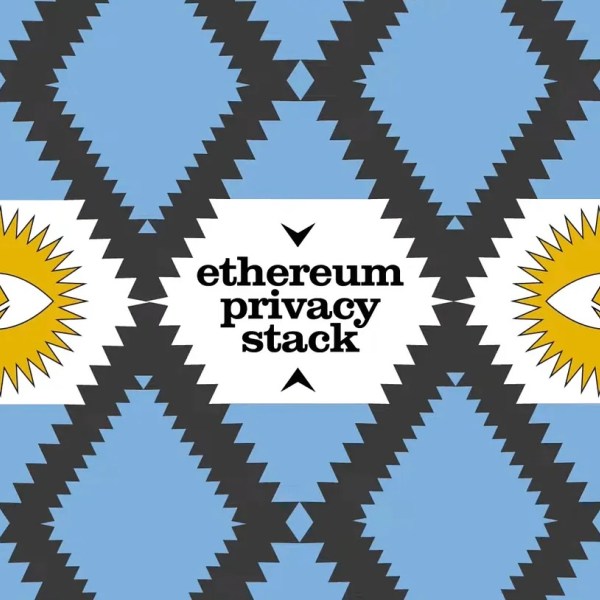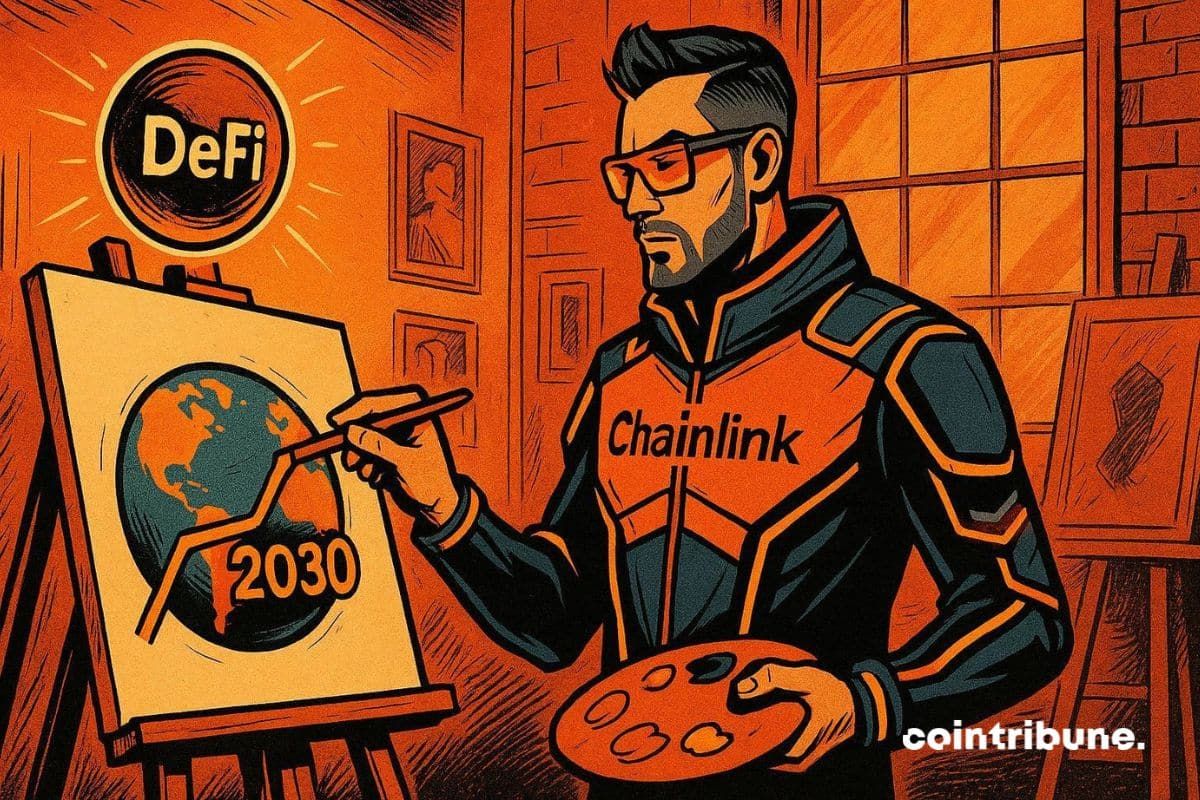- Ripple CTO confirmed XRP was not launched through a public token sale and began with zero market value.
- XRPL validator reported over 1,000 independent nodes and denied claims of Ripple controlling the network.
- RLUSD stablecoin operates on both Ethereum and XRP Ledger, with Ripple Payments still using XRPL infrastructure.
Ripple’s Chief Technology Officer, David Schwartz, has addressed recent claims from Custodia Bank CEO Caitlin Long regarding the early distribution of XRP and Ripple’s new stablecoin launch. The exchange unfolded following comments made by Long during a recent podcast, where she described XRP’s origins as resembling an initial public token offering and questioned Ripple’s reliance on Ethereum for its RLUSD stablecoin.
David Schwartz Refutes Public Token Sale Claims and Opens Door for Talks
Schwartz responded directly to Long on social platform X, stating he remains open to a conversation at any time. His remarks were aimed at correcting what he described as factual errors regarding Ripple’s practices. Ripple CTO Schwartz said Ripple never conducted a public token sale and did not raise funds through token sales at the network’s launch.
He added that XRP’s total supply of 100 billion tokens was placed into a Genesis ledger account at launch. According to him, XRP’s starting price was zero, and no public sale occurred. Ripple CTO maintained that this launch method separates Ripple from projects like Ethereum, which sold tokens to early backers in return for Bitcoin. XRPL validator responded to Long’s comments, arguing that her interpretation of the XRP Ledger’s structure was inaccurate.
Vet stated that anyone can participate in the network, run validators, or fork the code. He said more than 1,000 independent nodes currently support the network. Vet also addressed claims of centralization by confirming that Ripple does not control validator operations. Over 100 validators, according to him, are run independently by businesses and individuals worldwide.
RLUSD Launches on XRPL and Ethereum
Long criticized Ripple’s decision to issue RLUSD, its U.S. dollar-pegged stablecoin, on Ethereum. She said it contradicted earlier statements about XRP Ledger being Ripple’s core infrastructure. In response, Vet confirmed RLUSD also operates natively on the XRP Ledger. He said Ripple Payments still functions on XRPL, not just Ethereum.
Vet said the XRP Ledger continues to receive regular updates through amendments. He referenced the network’s built-in decentralized exchange and tokenization capabilities, both of which were present from early stages. According to him, development remains active and liquidity strong.
He concluded by saying Ethereum’s public token sale contrasts Ripple’s initial strategy. He claimed the XRP Ledger’s launch was more transparent, as it didn’t require capital from the public. Ripple CTO and Vet both invited Long to engage directly in discussions, offering to clarify technical misunderstandings about the XRP Ledger and Ripple’s recent developments.




